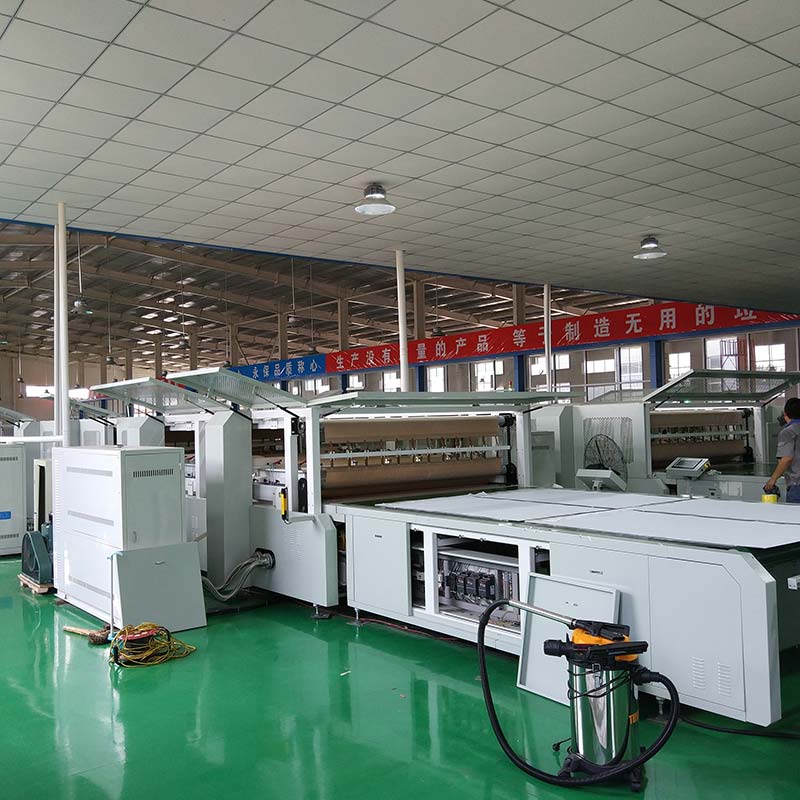In the rapidly evolving field of renewable energy, photovoltaic (PV) solar panels have emerged as a groundbreaking solution for harnessing the power of the sun. As the demand for clean and sustainable energy continues to rise, so does the need for efficient PV solar panel production lines. In this article, we delve into the intricacies of PV solar panel production, exploring the latest advancements, technologies, and processes that can help your business stay ahead of the competition.
A PV solar panel production line plays a crucial role in ensuring the efficient and cost-effective manufacturing of solar panels. By optimizing the production process, businesses can achieve higher output, improved quality control, and reduced manufacturing costs. As a result, investing in cutting-edge PV solar panel production line technologies is paramount for companies aiming to enhance their competitiveness in the renewable energy market.

One of the key advancements in PV solar panel production lines is the integration of automated manufacturing processes. Automation offers numerous benefits, including increased productivity, improved precision, and reduced human error. By leveraging robotics and artificial intelligence, manufacturers can streamline various stages of production, such as wafer cutting, cell assembly, and module framing. This results in higher production rates, enhanced product consistency, and minimized wastage.
Maintaining consistent and reliable quality is vital in the production of PV solar panels. To address this, state-of-the-art quality control systems have been developed for the production line. These systems utilize advanced imaging technologies, such as high-resolution cameras and machine vision algorithms, to detect and eliminate defects at every stage of manufacturing. By ensuring the highest standards of quality, businesses can build a reputation for delivering top-notch solar panels, fostering customer trust and loyalty.
Artificial Intelligence (AI) has revolutionized various industries, and PV solar panel production is no exception. By harnessing the power of AI algorithms, manufacturers can optimize production parameters, predict maintenance requirements, and improve overall operational efficiency. AI-powered analytics enable real-time monitoring of production data, facilitating proactive decision-making and minimizing downtime. This integration of AI technology leads to higher yields, reduced costs, and improved resource allocation.
Sustainability is at the core of the renewable energy industry, and PV solar panel production lines are embracing green manufacturing practices. Manufacturers are adopting eco-friendly approaches, such as recycling and waste management programs, to minimize environmental impact. Additionally, efforts are being made to reduce the energy consumption of production processes through the implementation of energy-efficient equipment and optimized production schedules. By embracing sustainable practices, businesses can not only contribute to a greener future but also attract environmentally conscious customers.
To stay at the forefront of PV solar panel production, collaboration between research institutions, industry experts, and manufacturers is vital. This collaborative approach promotes knowledge sharing, facilitates innovation, and drives continuous improvement in production line technologies. By actively participating in research and development initiatives, businesses can gain access to the latest advancements in materials, manufacturing techniques, and equipment, enabling them to produce state-of-the-art solar panels that meet the evolving demands of the market.
The PV solar panel production line has witnessed significant advancements that are reshaping the renewable energy landscape. From automated manufacturing processes and advanced quality control systems to the integration of AI and sustainable manufacturing practices, these developments are revolutionizing the way solar panels are produced. By embracing these innovations, businesses can enhance their productivity, efficiency, and environmental sustainability, positioning themselves as leaders in the renewable energy sector.
Previous: Choosing the Right Concrete Batching Plant
Next: The Laser Cutter Revolution: Transforming Design and Manufacturing
Comments
Please Join Us to post.
0